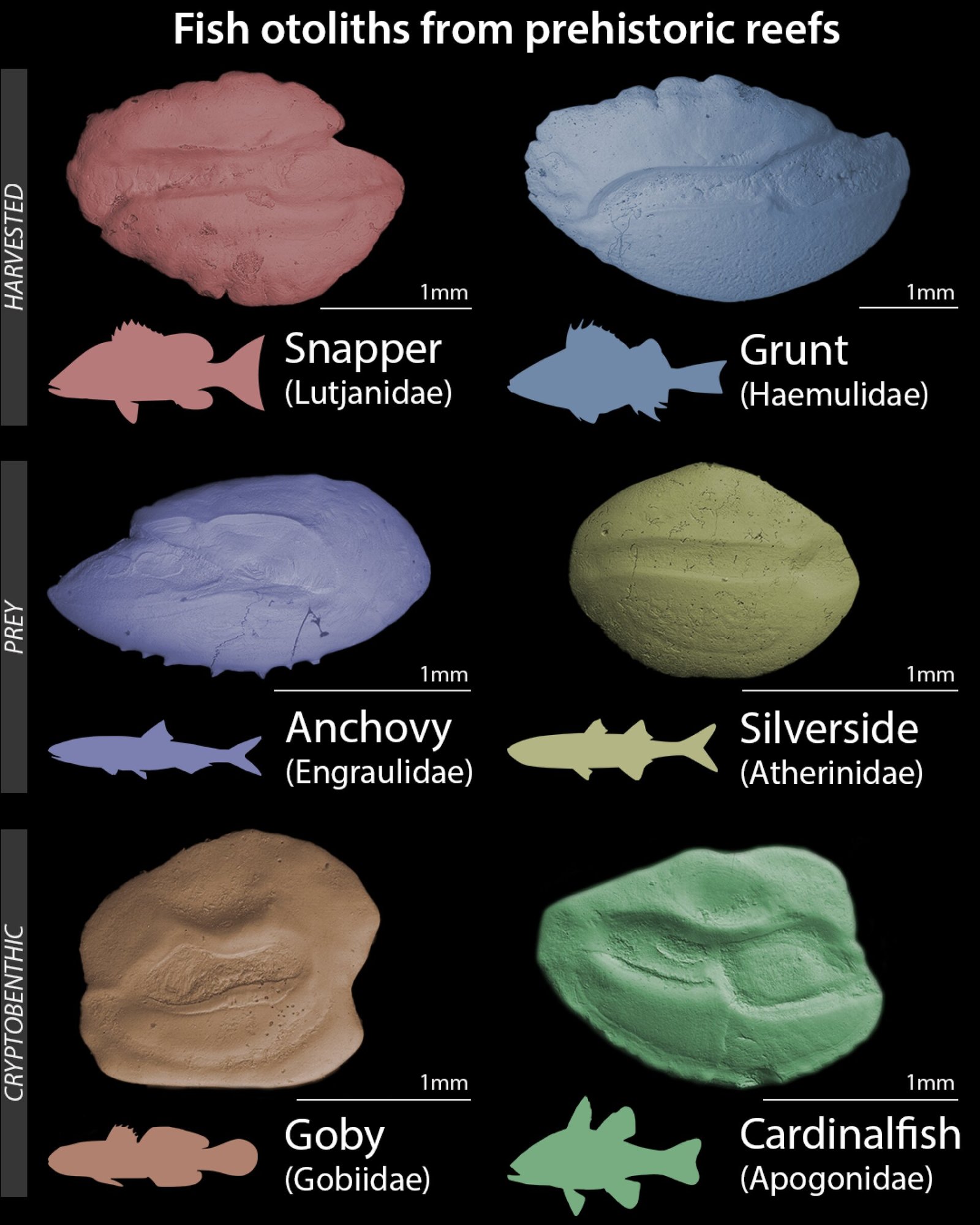Deep in a temperate forest, shafts of sunlight filter through a mosaic of trembling leaves, illuminating moss-covered logs and spiraling ferns. A hush hangs over the trees. To human ears, it is a world of silence. But this hush is deceptive. Beneath the forest floor, in the soft darkness of the soil, a vibrant conversation pulses among roots, fungi, and microbes. Leaves rustle not merely in the wind but in response to chemical whispers exchanged between branches. Saplings lean toward the faintest trace of light like dancers yearning for a stage.
The forest is alive—and aware.
For centuries, humans have stood in these woods believing ourselves the sole possessors of thought, purpose, and memory. But slowly, science has begun to reveal that the world of plants is far stranger, far more intelligent, and far more connected than we ever imagined. Forests, it seems, think—but in ways alien to the animal mind.
The Roots of Perception
In the 1970s, an Italian botanist named Stefano Mancuso would have been dismissed as eccentric, or worse, unscientific, for daring to speak of plant “intelligence.” Yet his experiments and those of a growing community of plant biologists have forced a revolution in how we perceive our green cousins. Plants cannot run, scream, or fight predators with tooth and claw. But they sense, decide, learn, and communicate with astonishing sophistication.
A tree’s roots explore the soil with a cautious curiosity, seeking moisture and nutrients. When a root tip encounters an obstacle, it changes direction. When it finds a patch of fertile earth, it lingers, sending signals to neighboring roots that resources are near. Roots, it turns out, are highly sensitive organs, bristling with receptors for chemical, electrical, gravitational, and even acoustic signals. In a sense, the root tip is the plant’s “brain,” albeit distributed rather than centralized.
Experiments have shown that roots can detect vibrations in the soil and may even “hear” the gentle trickle of water moving through pipes. In 2014, Mancuso’s team demonstrated that pea plants grow toward the source of such sounds, suggesting plants eavesdrop on their environment not just through chemicals but possibly acoustics. It’s a revelation that tilts the very meaning of perception.
The Hidden Web Beneath Our Feet
The notion of plants communicating underground was once scorned as New Age fantasy. Yet the forest floor hides a vast and mysterious network that has come to be known as the “Wood Wide Web.”
This underground network consists of fungal filaments—mycorrhizal fungi—that weave in and out of plant roots. The filaments, or hyphae, connect trees and other plants in a sprawling web that exchanges not only nutrients but information. When a tree suffers drought stress, it releases chemical signals into the fungal network, warning neighboring trees to close their stomata and conserve water. When insects nibble leaves, the alarm travels underground, priming distant plants to crank up their chemical defenses.
Dr. Suzanne Simard, a forest ecologist in British Columbia, became famous for documenting how trees share carbon via mycorrhizal networks. In her experiments, she traced radioactive carbon isotopes moving from older trees to young seedlings. It was as though towering elders nourished their offspring in times of need. Her work has reshaped how scientists think about forests. Rather than collections of individual trees competing for survival, forests may function as cooperative superorganisms—an intricate society bound by a shared underground internet.
This hidden connectivity grants the forest a kind of collective intelligence. Decisions made in one corner ripple across vast distances. A forest is not merely a collection of trees but a thinking, feeling community.
The Language of Chemicals
Above ground, plants converse through scents. The rustling canopy is a chemical parliament, where leaves exhale molecules that drift invisibly through the air. These airborne signals are known as “volatile organic compounds” (VOCs). When caterpillars chew on a leaf, the plant releases VOCs that warn neighboring plants to ramp up their defenses. Some VOCs summon parasitic wasps, insect predators who swoop in to dispatch the caterpillars.
In 1983, scientists David Rhoades and Gordon Orians published groundbreaking research showing that willow and birch trees attacked by insects triggered chemical changes in nearby trees. Initially controversial, these findings have since been confirmed in countless plant species. Plants, it seems, issue distress calls. And their neighbors listen.
This chemical vocabulary is vast and nuanced. Plants adjust their signals depending on which insect attacks them. A tomato plant attacked by armyworms sends out a different chemical plea than one nibbled by aphids. Each “scent” serves as a kind of word in the botanical language.
We cannot “hear” these conversations with human ears, but they surround us whenever we stroll through a meadow, a vineyard, or a forest. To enter a forest is to enter an invisible chorus of plant words and warnings.
Learning Without a Brain
Perhaps the most astonishing claim of modern plant science is that plants can learn and remember. They lack neurons, synapses, and central nervous systems, yet experiments suggest plants perform something akin to associative learning—a foundation of intelligence in animals.
In 2014, a group led by Monica Gagliano at the University of Western Australia conducted one of the most controversial studies in plant biology. She worked with the sensitive plant Mimosa pudica, whose leaves snap shut when touched. Gagliano exposed Mimosas to repeated drops of water. Initially, the plants closed their leaves in defense. But over time, they learned that the water was harmless. After repeated trials, the plants kept their leaves open, conserving energy. Crucially, when tested weeks later, the plants still “remembered” that the stimulus posed no threat.
Gagliano’s findings ignited fierce debate. Could plants truly remember? Was this simply physiological fatigue rather than learning? Yet similar studies have shown plants can time their opening and closing based on light cycles. They can anticipate changes in their environment. A pea plant can learn to associate a breeze from a fan with the arrival of light and grow toward it, a behavior reminiscent of Pavlovian conditioning.
These discoveries push the boundaries of what it means to “know.” Plants process information, integrate signals, and alter their behavior based on experience. Whether this constitutes “intelligence” depends on how we define the term. But it is undeniable that plants are far from passive.
Social Lives of Trees
It’s easy to imagine trees as stoic loners, each battling for light and nutrients. But a growing body of evidence suggests trees live remarkably social lives. In dense forests, the largest, oldest trees often function as “hubs” or “mother trees,” fostering younger plants. They allocate resources through root and fungal networks, distributing water, nitrogen, and carbon to shaded seedlings struggling in the dark.
In a series of elegant experiments, Suzanne Simard and her colleagues discovered that these mother trees detect kin. Seedlings grown near genetically related adults receive more carbon than unrelated ones. This selective generosity hints at a rudimentary form of recognition—a forest’s version of family loyalty.
Trees also synchronize their flowering and fruiting to ensure maximum reproductive success. In tropical rainforests, entire canopies burst into flower simultaneously, flooding the forest with nectar and pollen. Such mass events overwhelm pollinators and seed predators, ensuring survival. This timing requires sophisticated communication, perhaps involving subtle environmental cues—day length, temperature, and rainfall—that trees perceive and share.
The Scent of Fear
One of the most thrilling revelations about plant life is how trees and other plants broadcast their distress. When attacked by grazing animals or insects, many plants produce warning compounds. In acacia trees on African savannahs, this drama unfolds with deadly consequences.
As giraffes browse acacia leaves, the trees release ethylene gas. This airborne signal drifts to neighboring acacias, triggering them to flood their leaves with bitter-tasting tannins. The giraffes move on, forced to search for untouched trees further away. Some studies suggest giraffes learn to feed moving upwind to avoid trees “warned” by neighbors. It’s an ecological chess match, driven by silent chemical dialogue.
Similar battles rage in temperate forests. When maples or birches endure insect attacks, they release signals that prompt neighbors to produce repellent chemicals. The chemical code is astonishingly precise: specific insects provoke specific responses. Plants are not passive prey but active participants in an evolutionary arms race.
Electrified Conversations
Plants do not merely rely on chemicals. Electrical signals also race through stems and leaves at surprising speed. When you touch the leaves of a Mimosa pudica, the plant folds its leaflets swiftly, a reaction driven by a rapid electrical impulse akin to an action potential in animal nerves.
Plants generate voltage differences across cell membranes, allowing them to transmit information quickly. These electrical waves coordinate defense responses, trigger movement in carnivorous plants, and perhaps even serve as a primitive nervous system.
In 2018, scientists detected electrical activity in trees fluctuating with day and night cycles, suggesting that trees use electrical rhythms to regulate internal processes. It’s a reminder that life’s electrical language transcends the animal kingdom.
Do Plants Feel Pain?
The notion of plants feeling pain is controversial and often misunderstood. Pain, as defined biologically, is the subjective experience of distress associated with tissue damage. It requires a central nervous system—a brain capable of generating consciousness. Plants have no brains, no neurons, no subjective awareness.
But this does not mean plants are unresponsive. They detect damage and react with chemical defenses, electrical signals, and changes in gene expression. In a mechanical sense, they respond to injury much like animals—but without consciousness.
Still, it raises a profound ethical question: How should we treat organisms that can perceive and react, even if they do not feel pain as we do? As our understanding of plant responsiveness deepens, some philosophers argue that plants deserve a new category of moral consideration—not as sentient beings, but as complex life forms integral to Earth’s biosphere.
The Timeless Watchers
To walk among trees is to stand among witnesses to centuries of change. Ancient redwoods have seen empires rise and fall, climate cycles shift, and animals come and go. These towering beings process time on a scale alien to our fleeting human lives.
A tree measures its seasons in rings, each band a diary entry recording droughts, fires, insect plagues. Some trees live over 4,000 years, like the bristlecone pines of California. To such beings, a human lifetime is the blink of an eye.
Yet even the oldest trees remain alert. When conditions shift—warmer temperatures, changes in rainfall—they adjust their growth, root depths, leaf production, and reproductive timing. Forests record environmental memory, preserving lessons encoded in wood and genes. They are silent historians, chronicling Earth’s unfolding story.
Plants and Human Civilization
Our relationship with plants is profound and inextricable. The rise of agriculture over 10,000 years ago set humanity on a path from small hunter-gatherer bands to sprawling civilizations. Wheat, rice, maize, and other crops reshaped landscapes, societies, and economies.
Plants have also shaped human minds. Many cultures attribute spiritual significance to trees and forests. Sacred groves in India, Europe, and Africa have been revered for millennia as places of wisdom and healing. In modern times, we are rediscovering the psychological benefits of nature. Studies show that time among trees lowers stress hormones, improves mood, and even enhances immune function. Japanese scientists call this shinrin-yoku—forest bathing.
Yet as our population expands and our cities grow, we face an existential crisis: the loss of the world’s forests. Deforestation threatens not only biodiversity but the climate stability upon which civilization depends. Forests store vast amounts of carbon. Their destruction releases greenhouse gases, intensifying global warming.
In understanding that forests “think”—that they are communities with intelligence and memory—we may find new reverence for preserving them. To save the forest is, in a very real sense, to save the planetary mind.
A New Philosophy of Intelligence
The revolution in plant science demands a broader definition of intelligence. Traditionally, we have defined intelligence as problem-solving abilities in animals, measured through behavior and neural activity. But plants solve problems, too—just on slower timescales and through distributed networks rather than centralized brains.
Mancuso and others argue that intelligence should not be limited to creatures with brains. Instead, it might be defined as the capacity to sense the environment, process information, and adjust behavior to ensure survival. By this measure, plants are intelligent organisms, capable of learning, memory, decision-making, and complex social interactions.
Yet their intelligence is not human intelligence. They do not possess self-awareness as we understand it. They do not write poetry or dream of distant stars. But they orchestrate lives of astonishing subtlety and sophistication, performing calculations in chemistry and electricity, tuned to the rhythms of Earth itself.
Listening to Green Voices
The forest remains silent to human ears, but our growing knowledge tells us it is alive with conversation. Trees stand as sentinels, exchanging chemical messages about threats and sharing resources through networks invisible beneath our feet. Leaves flutter with coded signals. Roots seek and avoid, remember and decide.
Each rustle of the canopy carries echoes of a community bound together in a silent, continuous exchange. When a breeze ripples the maple leaves, it may be more than the wind we hear—it may be the forest speaking.
Science is teaching us to listen. We stand at the brink of understanding life in a deeper, more humble way: as participants in a planet-sized network of intelligence, woven from beings very different from ourselves.
In this new vision, the forest is no longer a silent backdrop to human history but a co-author of the Earth’s story. To understand how a forest thinks is to glimpse a world where intelligence takes root in soil, where communication flows in chemical and electrical pulses, and where life’s true genius may lie hidden in green silence.
We must listen carefully, for the trees are talking.






